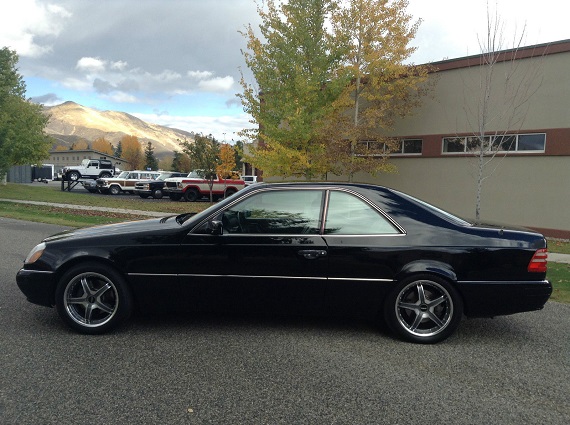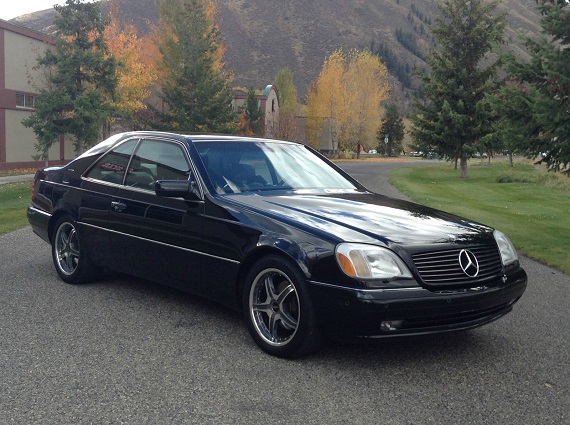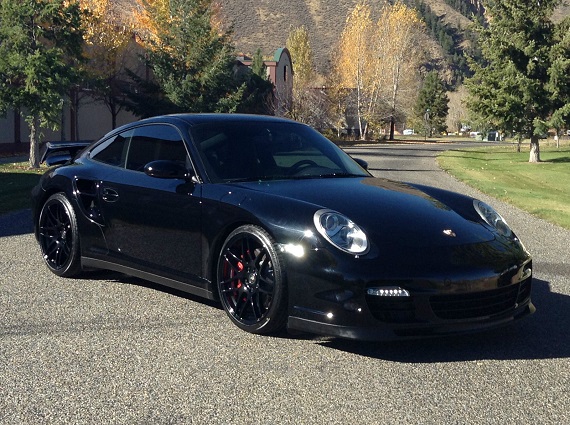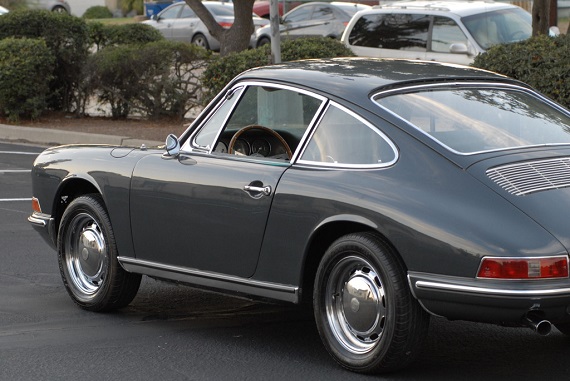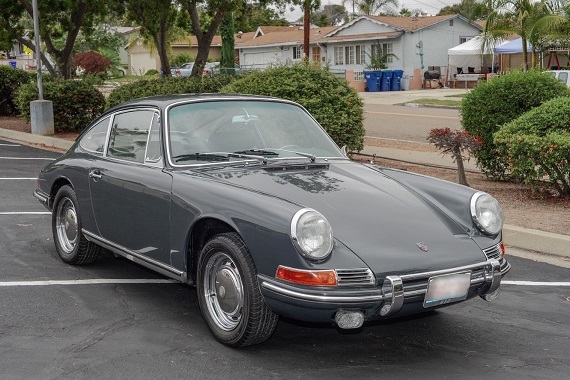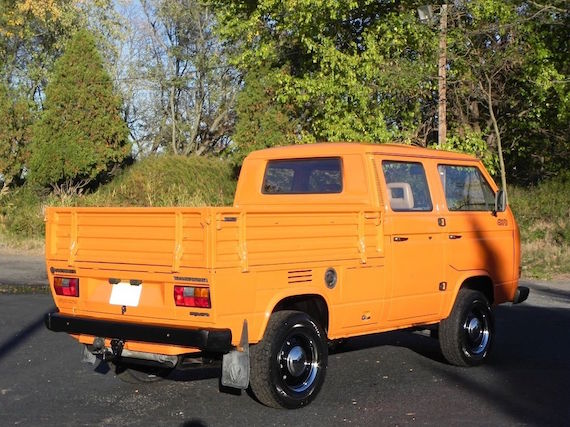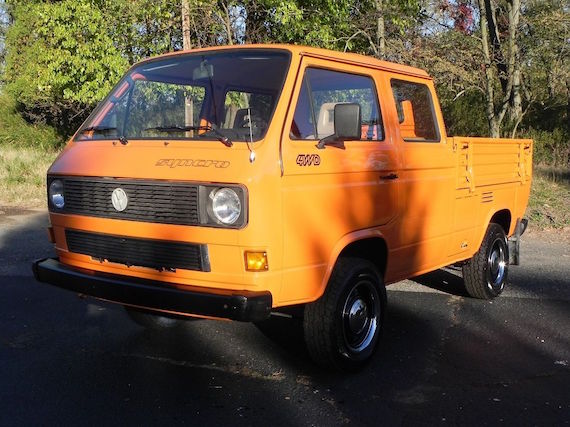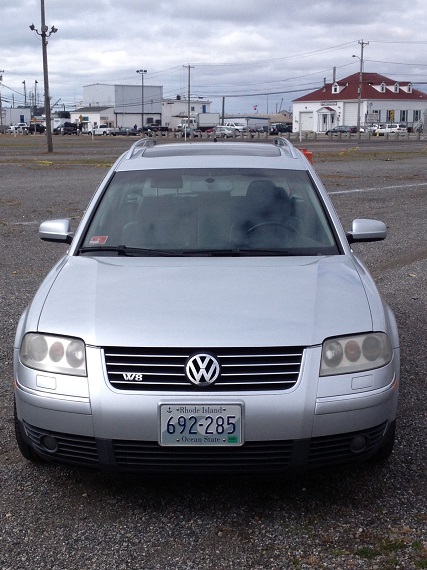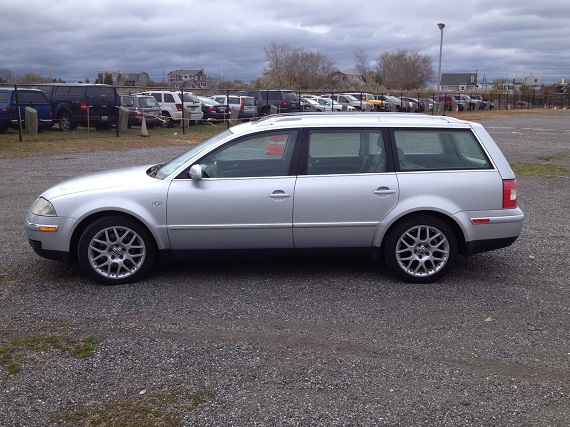In many ways, modern executive sedans – especially the top-tier fully loaded examples fit for the Wall Street elite – have become appliances. They ooze of technology, features and exclusivity but to me the designs have all become too similar. On the surface I can tell the difference between the S-Class, the 7-series and the A8, but they’re really birds of a feather with few distinctive differences. In many ways, leveling the playing field between the big three has resulted in a homogeneous market place full of leisure suit wearing, rhinestone-studded Elvis impersonators. Some may be slightly better looking than others, and some may do a great job. But like a Vegas show that’s run its course, would you really want to own one out of the service warranty when the budget conscious construction, mega complicated electrical systems, suspension and drive train items start breaking? ‘Thank you very much!’, but I’d prefer to look to history for a lesson on how to do it right.
I remember well when the W140 Mercedes-Benz launched. It was a big deal back then, because as they have always the S-Class models represented the absolute best engineering available. The W140 externally was an evolution of the W124 design more than an update of the W126 in my eyes, though the visual similarities were no surprise as Bruno Sacco was at the pen of all three. While the design wasn’t revolutionary, it did bring Mercedes into the current trend and in its own way is handsome. The W140 also pioneered many electronic systems into the large executive market, including cutting edge ABS and Anti-Slip technology, Xenon headlights and near silent interiors thanks to glazed windows. While Mercedes-Benz continued to offer a large coupe version of the platform, unlike the previous generation the C140 featured a completely revised body that made the large 2-door imposing and impressive. All of this cost – a lot – as Mercedes-Benz engineers racked up a reported 1 billion dollars of development costs. Luckily they managed to retain the pillarless design – one of the best aspects of the coupe. The C140 came in a few different engine configurations; under the hood of this CL500 was the same M119 that had powered the legendary 500E. With over 320 horsepower on tap, the 4-cam V8 was capable of providing and entertaining drive even in the quite heavy W140. This particular CL500 is from the last year of production for the 140 chassis:
